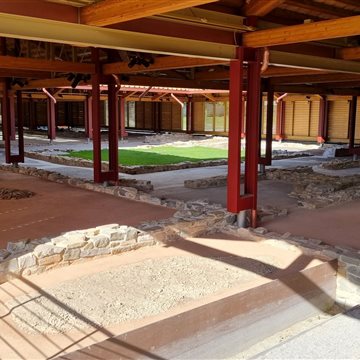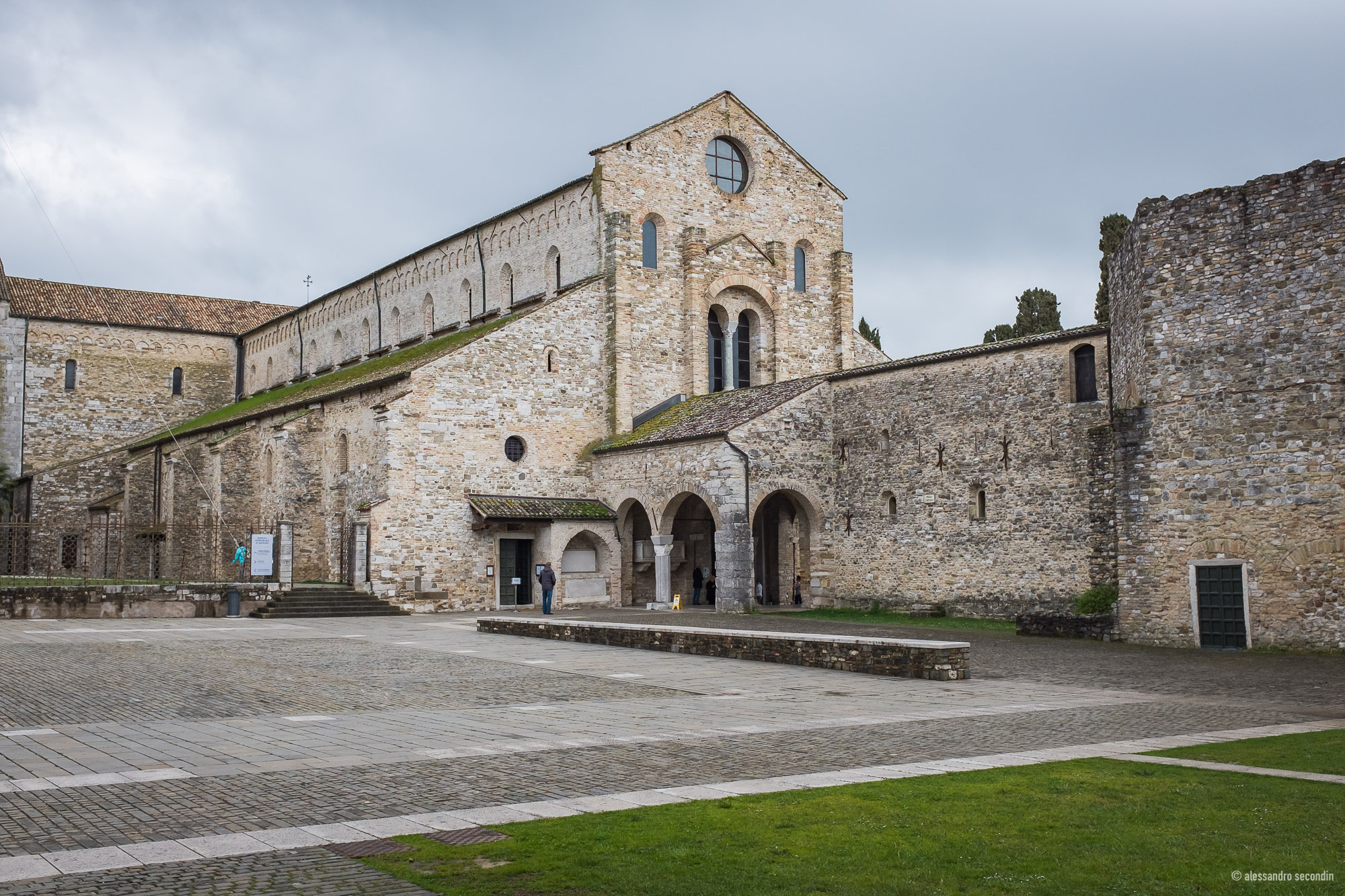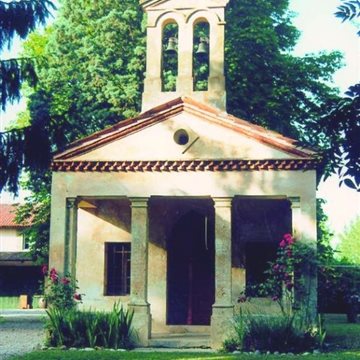 Lorenza Cesaratto
Lorenza Cesaratto
Aquileia, a treasure chest

15Oct2021



Find out about the ideas and offers for this experience in Friuli Venezia Giulia
 Lorenza Cesaratto
Lorenza Cesaratto

 Giovanni Morassutti
Giovanni Morassutti

 Giovanni Morassutti
Giovanni Morassutti

 Giovanni Morassutti
Giovanni Morassutti
